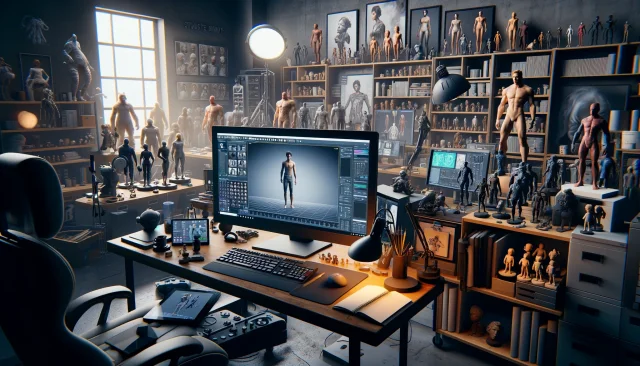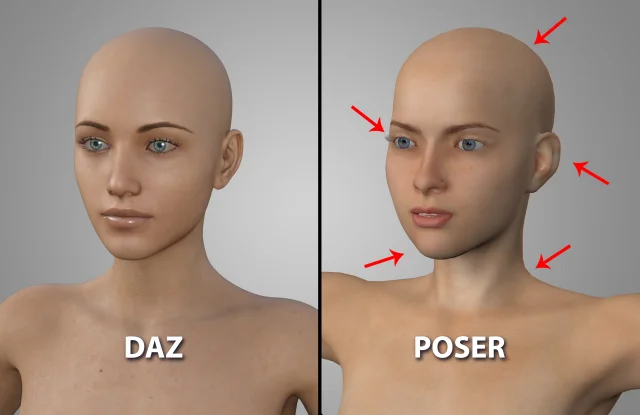I am a 3D artist. How do I build my portfolio?

Beginning 3D artists are faced with creating a portfolio one way or another.
Sooner or later.
Without experience, it's hard to do everything with quality, because the portfolio should not only please the eye, but also attract new clients.
In this article, we will tell you how to make a portfolio and what to look out for.
Read on - it will be interesting!
Where should you start creating a portfolio
The first thing you should do is decide on your specialism and create a portfolio based on that.
But even if you haven't made up your mind and are willing to try different things, you shouldn't put all your work in one pile. Employers are usually looking for specific specialists, not people who can do everything, no matter how strange and illogical it may sound. If you do create different jobs, structure them.
Feel free to talk about your experience!
Describe the studios you've worked in and the positions you've held. Make sure each job is signed for - mention your clients.
If it was work for yourself, describe it in great detail. For example, what mood you were in when you made it. Or what inspired you to make it.
Show the process of your work
It's important for an employer to see how you create your graphics.
Show renders from different angles.
Don't forget the low-poly version, UV renders, close-ups, etc. Such a detailed analysis will convince the employer that you are a skilled professional.
How much work should I put into my portfolio?
People are often in a hurry to get something out there.
Especially newcomers.
Look: the portfolio will be judged on the worst work. The weakest model is the minimum that a person will produce accurately. Some elements may be better than others, and some elements may just be good.
So ideally you should have about ten excellent models in your portfolio rather than, say, twenty, but of very indirect quality.
Yes, we know it's a pain to remove this native content, but it's a necessity.
Find references (and look for other cool 3D creators!)
Look for 3D professionals who work in a similar style to yours. Put your model and someone else's model side by side and compare them.
Try to understand where your work is inferior. Based on these observations, try to improve it.
What else should I know?
Remember that the main goal is to make it as easy as possible for a potential employer to access your portfolio, so that they can literally get to it in one step.
You can't upload your work to the cloud, send it as a list of links that have to be opened separately, or as an archive that has to be unzipped.
The link should be one and lead to a finished portfolio that can be viewed immediately.
And yes, don't forget to fill in your profile carefully on the site where you will be posting. It will be good if instead of your userpic there is your photo and on the page - a detailed description of your skills and expectations.
By the way, on our site you can find everything you need to work with tools like Poser and Daz Studio. For example, bundles, characters (go link), poses, miscellaneous, and even some add-ons that will greatly simplify your workflow and give you access to brand new features.
Ctrl
Enter
Noticed a misTake
Highlight text and press Ctrl+EnterRelated news:

Analyzing Trends in Creating 3D Characters for Films and Video Games

How to choose clothes for a character - top tips

Daz vs. Poser

Creating Photorealistic Portraits in DAZ Studio and Poser

Top tips for staying motivated while working on a project

Virtual Reality and 3D Characters: Exploring the Possibilities of Creating 3D Characters for VR Projects with DAZ Studio and Poser, and Necessary Adaptations for VR
Comments (0)
